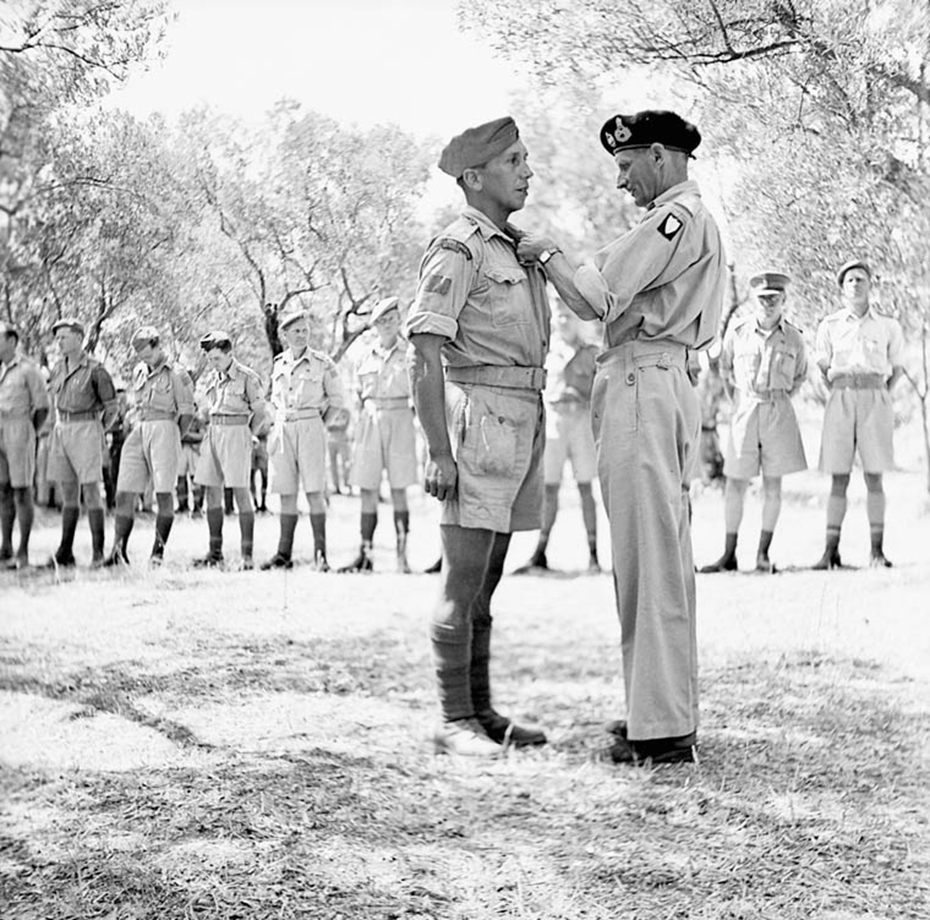Submitted by Kelly Terwilligar, Executive Assistant to the Senior Vice-President, Student Success
Indigenous Veterans Day was first observed on November 8, 1994, in Winnipeg, Manitoba, and has since been observed across Canada. This day recognizes Indigenous contributions in times of peace and war, marked by bravery and an unwavering commitment to their homeland. Despite significant economic and social barriers, First Nations, Métis, and Inuit individuals volunteered in large numbers to serve major conflicts, from the War of 1812 to World War II, and beyond.
One of these soldiers was Private Huron E. Brant who served with distinction and demonstrated immense bravery during the Second World War. Huron E. Brant was born in Deseronto, Ontario on December 30, 1909, and was a Mohawk of the Bay of Quinte First Nation. In April 1940, at 30 years old he enlisted in the Hastings and Prince Edward Regiment. He completed training as an infantry rifleman and then sailed to Britain.
On July 14, 1943, Private Brant and his comrades took part in an attack against the hill town of Grammichele; this was the first time Canadians fought German troops. He was awarded the Military Medal for his bravery there. General Bernard Montgomery, commander of the 8th Army, personally pinned the Military Medal on Brant in a ceremony in September 1943. The citation for his medal reads:
“In the battle for Grammichele on the 14 July 1943, Private H.E. Brant distinguished himself by his prompt and courageous attack with his Bren gun on an enemy force of approximately 30 men, inflicting severe casualties. Private H.E. Brant totally disregarded his own personal safety in the face of very heavy enemy fire and made possible the killing or capturing of the entire enemy force.”
Private H.E. Brant represents the courage and resilience of Indigenous communities who despite facing systemic inequality, volunteered to defend freedom and democracy across the world and in Canada. His legacy extends to the acknowledgment and recognition of all Indigenous contributions to Canadian military history. The contributions of our Indigenous veterans were significant and their service exemplified loyalty, resilience, and deep-rooted values from their communities. Private Huron Brant was killed in action in October 1944 and never made it back to his homeland. He is buried in the Cesena War Cemetery in Italy. The Indigenous veterans that did make it home were faced with continued marginalization and systemic racism and given limited veteran support.
Let the courage shown by Private H.E. Brant and all Indigenous veterans be an example and pave the way for greater advocacy for Indigenous rights and lead to a more comprehensive understanding of the pivotal role these volunteers have had in Canada’s wartime efforts.
Sources:
The Canadian Encyclopedia
Government of Canada
City of Toronto
Honouring Indigenous Veterans Day – November 8th
